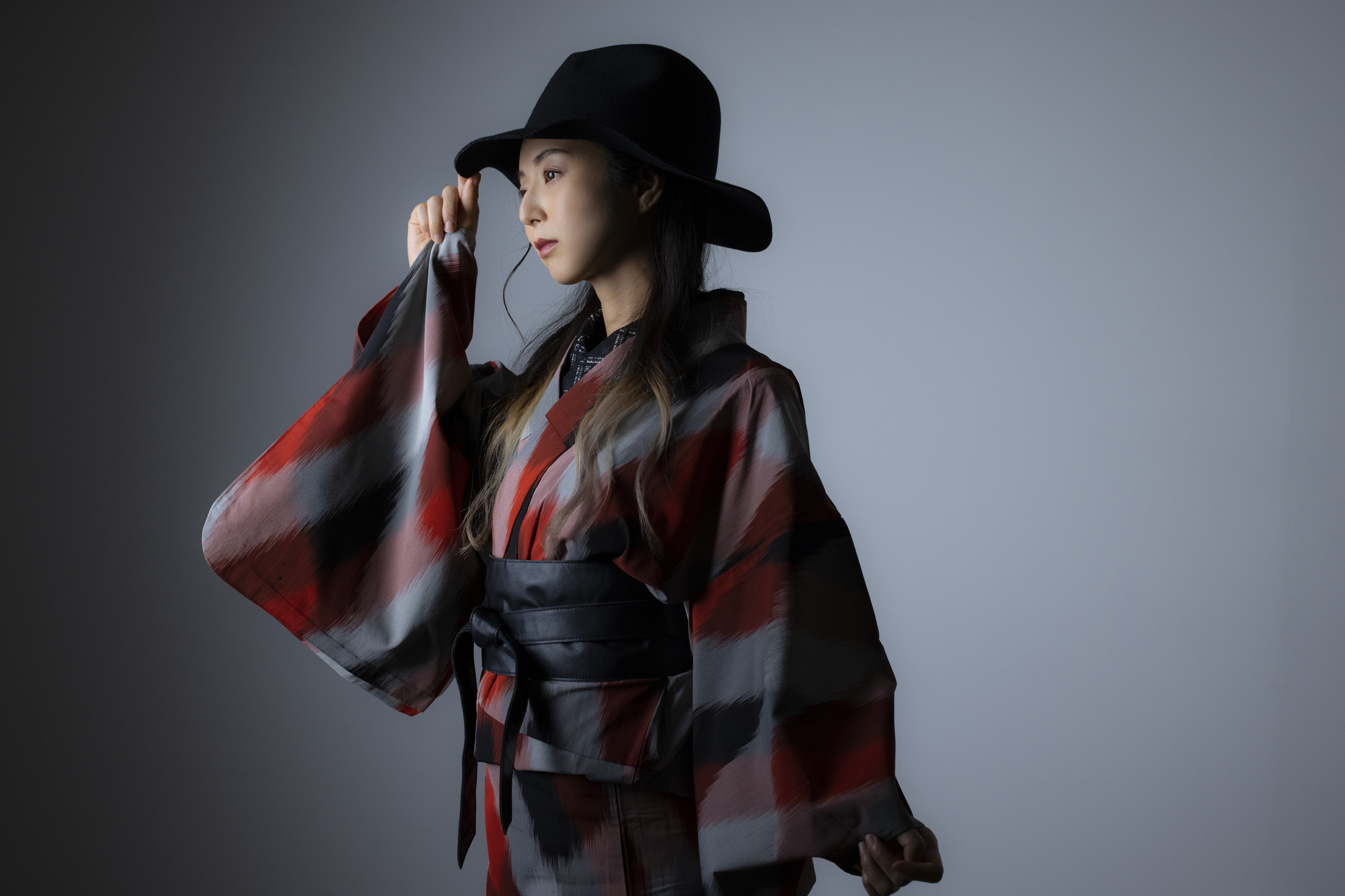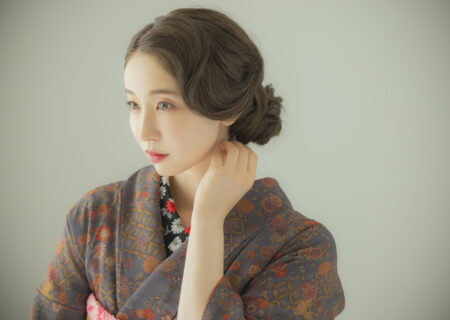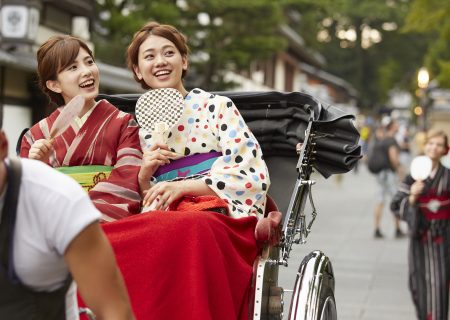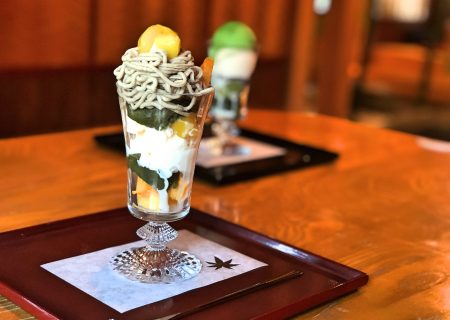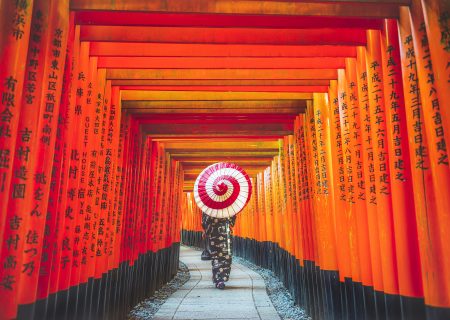If you are interested in kimono or love fashion, you will definitely come across the term “antique kimono” when researching kimono.
Even if you have a vague image of a kimono with a history, many people may not know the detailed definition or characteristics of it.
So this time, in order to learn more deeply about the charm of kimono,
●Definition of antique kimono
●Characteristics and points to note about antique kimonos
●How to enjoy antique kimono
I would like to introduce you to
This is an easy-to-understand guide for kimono beginners, so please use it as a reference.
Index
- 1 What exactly is an antique kimono?
- 2 Charm of antique kimono
- 3 Precautions for antique kimono
- 4 How to wear antique kimono
- 5 How to enjoy antique kimono [Purchase/Rental]
- 6 If you want to rent an antique kimono, go to “Waplus Kyoto”
What exactly is an antique kimono?
First, let’s take a look at what an antique kimono is!
Kimono that was popular during the Meiji, Taisho, and Showa periods
“Antique kimono” refers to kimonos made during the Meiji, Taisho, and early Showa periods (before the war).
On the other hand, kimonos made after the war are called “retro kimonos” and “recycled kimonos.”
Antique kimonos often have unique pattern designs that are hard to find in modern times, and are loved by many kimono enthusiasts.
There are types such as “Taisho Roman” and “Classical Pattern”
Antique kimonos come in a variety of patterns and designs, but the two most popular types are “Taisho Roman” and “Classical Pattern.”
What is Taisho Roman?
During the Taisho era, kimonos with geometric patterns and meisen were a fusion of Japanese and European culture. In addition, it is a kimono with a design that brings out the beauty of bright colors and curves.
At that time, the decorative art called “Art Deco”, which was popular in Europe and the United States, was introduced to Japan, and symbolic designs were widely used in everyday wear.
It may be easier to understand Taisho Romance by imagining the style of the famous manga anime “Haikara-san ga Toru”.
What is classic pattern
A traditional pattern with a simple beauty that is a fusion of Chinese and Japanese culture.
There are many items with animal and floral patterns that are not only pleasing to the eye but also have the meaning of bringing good luck.
For example, one of the classic patterns is the “Auspicious Pattern,” which depicts pine, bamboo, plum, crane, and turtle, praying for eternal youth and longevity. In addition, kimonos with a fan pattern design that spreads out at the end are also made to symbolize the wish for prosperous business and descendants.
When you see a classic pattern, it can be fun to imagine what kind of meaning it conveys.
Charm of antique kimono
Even though it is called an antique kimono, it has many different charms.
Next, let’s dig deeper into the interesting and fun points about antique kimonos.
You can experience the trends and lifestyle of the past
Antique kimonos have reflected the different eras and people’s lives from the Meiji to Showa periods, and their patterns and designs can make you think about the lives of those days.
The characteristics of kimono by era are as follows. Some people may feel deeply moved to think that these attractive kimonos have been passed down to the present day.
Antique kimono from the Meiji era
Small patterns, plain and inconspicuous colors (bright kimono became more common in the late Meiji period)
Antique kimono from the Taisho era
Gorgeous patterns, designs that go well with boots and hakama, a fusion of Japanese and Western styles
Antique kimono from the Showa era
Coordinate with pop, artificial patterns, lace accessories, etc.
A wealth of stylish designs that are relevant to modern times
Antique kimonos have many designs that are still relevant today, such as geometric patterns and patterns with nature and animal motifs.
During the Showa period, Western-style clothing and accessories became popular, and this was also the time when the idea of “this is what a kimono should be!” began to soften.
Each antique kimono has a different impression, so it’s no wonder why kimono collectors are so addicted to it.
Click here for a list of rental kimonos, including antique kimonos
Free coordination arrangement
Antique kimonos are not only unique in their design, but can be arranged in endless ways by selecting accessories and hairstyles.
During the Meiji to Showa periods, kimonos were not only worn for special occasions such as coming-of-age ceremonies and New Year’s Day, but were also worn on a daily basis, giving rise to a sense of fun.
People at that time probably enjoyed arranging their kimonos with their own fashion sense.
Even today, we can freely enjoy coordinating antique kimonos by modifying them and incorporating Western-style accessories.
Click here for coordination examples including antique kimono
Looks great in photos when traveling to Kyoto and other destinations
Antique kimonos often have colorful designs, making them perfect for people who want to look good in photos.
Kyoto’s sightseeing spots are full of places that you’ll want to capture in photos, such as elegant shrines and temples, the magnificent changes of the four seasons, and exquisite gourmet food.
By walking around wearing a stylish antique kimono, you will be able to capture your beautiful self and leave it as a memory that will last a lifetime.
Precautions for antique kimono
Antique kimonos are full of charm, but there are some precautions to be taken when handling them.
Check carefully to choose the kimono that best suits you.
Check the condition of the fabric material
Antique kimonos are items with a long history, so be sure to check the fabric for deterioration and stains.
Also, as with any kimono, kimono is basically made of materials that are more delicate than Western clothing.
Please handle with care as it may break if you pull it.
If you use it with care, you will be able to pass down your antique kimono to new generations.
Check if the size fits you
The average height of Japanese people from the Meiji to Showa periods was not as high as it is now.
Therefore, many antique kimonos are smaller in width and length, and antique obi are often shorter.
No matter how much you like the design, it is best to avoid clothes that are so small that a lot of your arms and legs will be exposed when you put them on, or that it will be difficult to move around.
Check whether it fits your height and width by measuring your size at a store or trying it on.
How to wear antique kimono
If we today want to enjoy coordinating with antique kimonos, we can consider the following ideas.
●Keep it simple with elegant accessories
●Cool beauty in monochrome style
●Retro and cute with lace
●Get playful with braided ribbon hair
Simple and elegant coordination
If you like a simple adult look, how about the following coordination?
●Pearl accessories
●Leather accessories
●Boots
●Flower hairpin
Unique and gorgeous coordination
If you want to create a gorgeous and unique look, we recommend the following coordination.
●Braided hair
●Lace gloves, tabi, ribbon
●Round bag
●Beret
●Fur accessories
People’s tastes and trends change, so you can have fun by being flexible and playful and challenging yourself without getting too caught up in your past values.
photo gallery and Rental Kimono List.
How to enjoy antique kimono [Purchase/Rental]
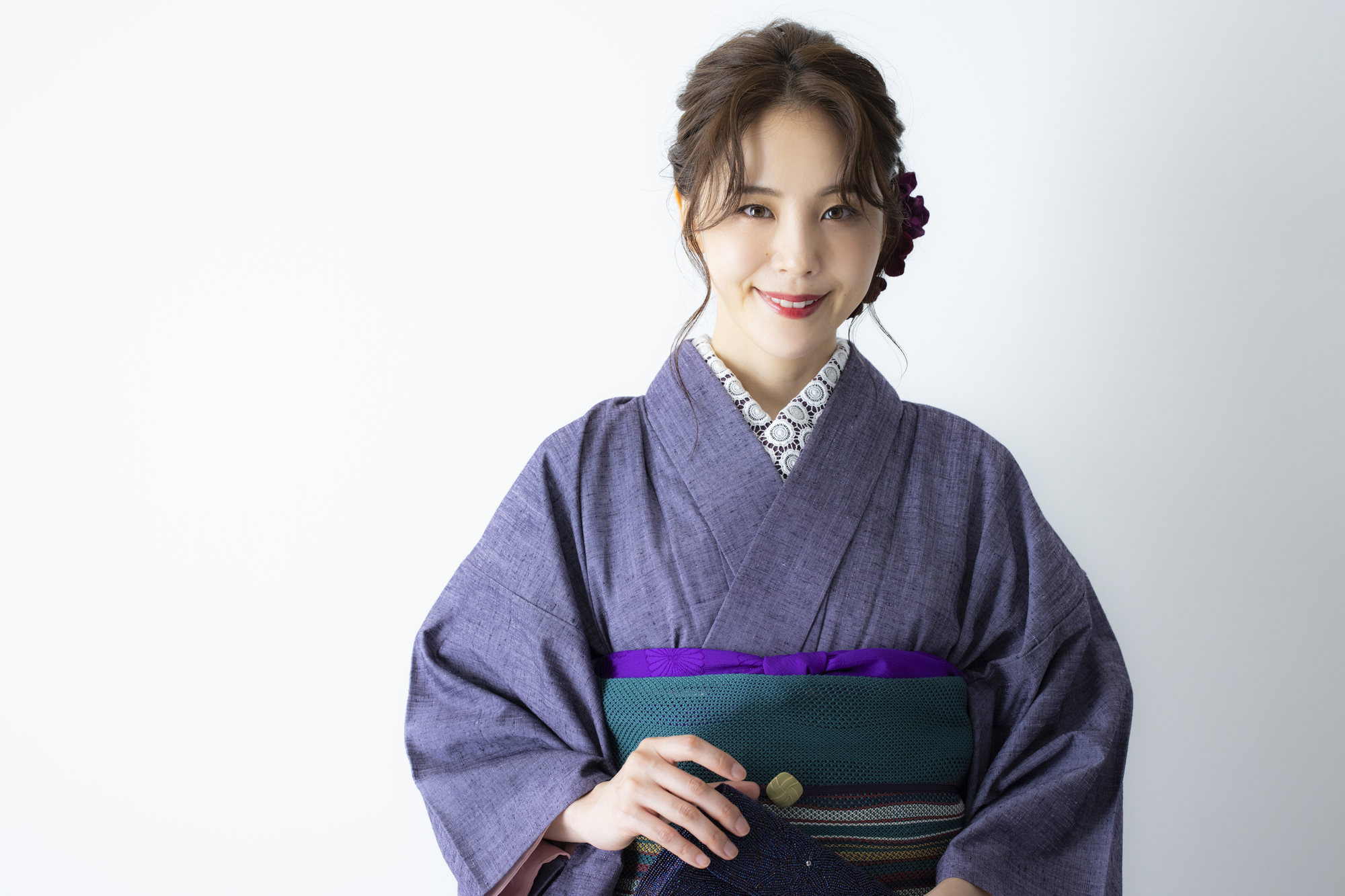
There are two ways to enjoy antique kimonos:
●Use recycling and flea market services
●Utilize rental kimono stores
To begin with, we recommend using a rental kimono store to begin with.
We will explain the advantages and disadvantages of each method, so please use this as material when considering.
Using recycling and flea market services (advantages and disadvantages)
Advantages
●You can quickly search for many designs by price range.
●You may be able to get it cheaper if you negotiate the price.
Disadvantages
●I don’t know if the size really fits me
●There are many cases where the fabric has deteriorated or the color is different from what you expected, or you don’t know until you receive it.
Using a rental kimono store (advantages and disadvantages)
Advantages
●You can choose a kimono based on professional advice
●If you rent, there is no need to purchase, so you can try out colors you don’t normally wear.
●Easy on your wallet
-You can also rent accessories other than kimonos (bags, sandals, etc.)
Disadvantages
●You may not be able to purchase rental items even if you like them.
●You need to decide the rental time and schedule in advance.
If you have a set date for your outing and would like to enjoy stylish coordination, why not try using a kimono rental store?
If you want to rent an antique kimono, go to “Waplus Kyoto”
This time, we have introduced the charm and ways to enjoy antique kimonos.
Antique kimonos are profound, and the more you learn about them, the more you’ll find ways to enjoy them.
However, the frontage is very wide, so even those who are not very familiar with kimono can wear it casually.
First, try out kimonos of various colors at the rental kimono shop “Waplus Kyoto” to see what kind of coordination suits you and what you like. Try it out and see for yourself!
Click here for the rental kimono list
Tag
Author of this article

Waplus Yasaka Shrine store staff
Ayana Ogawa
We would like to help many customers smile through kimono rental.
I love spending time listening to customer requests and proposing kimono coordination and deciding on hair styles!
I am particularly good at hair styling, so please leave it to me to create the currently popular feminine hair.
I'll make it look cute!
My hobbies are music, movies, and shopping!
Please come and visit Waplus Kyoto!
We will suggest cute coordination!


